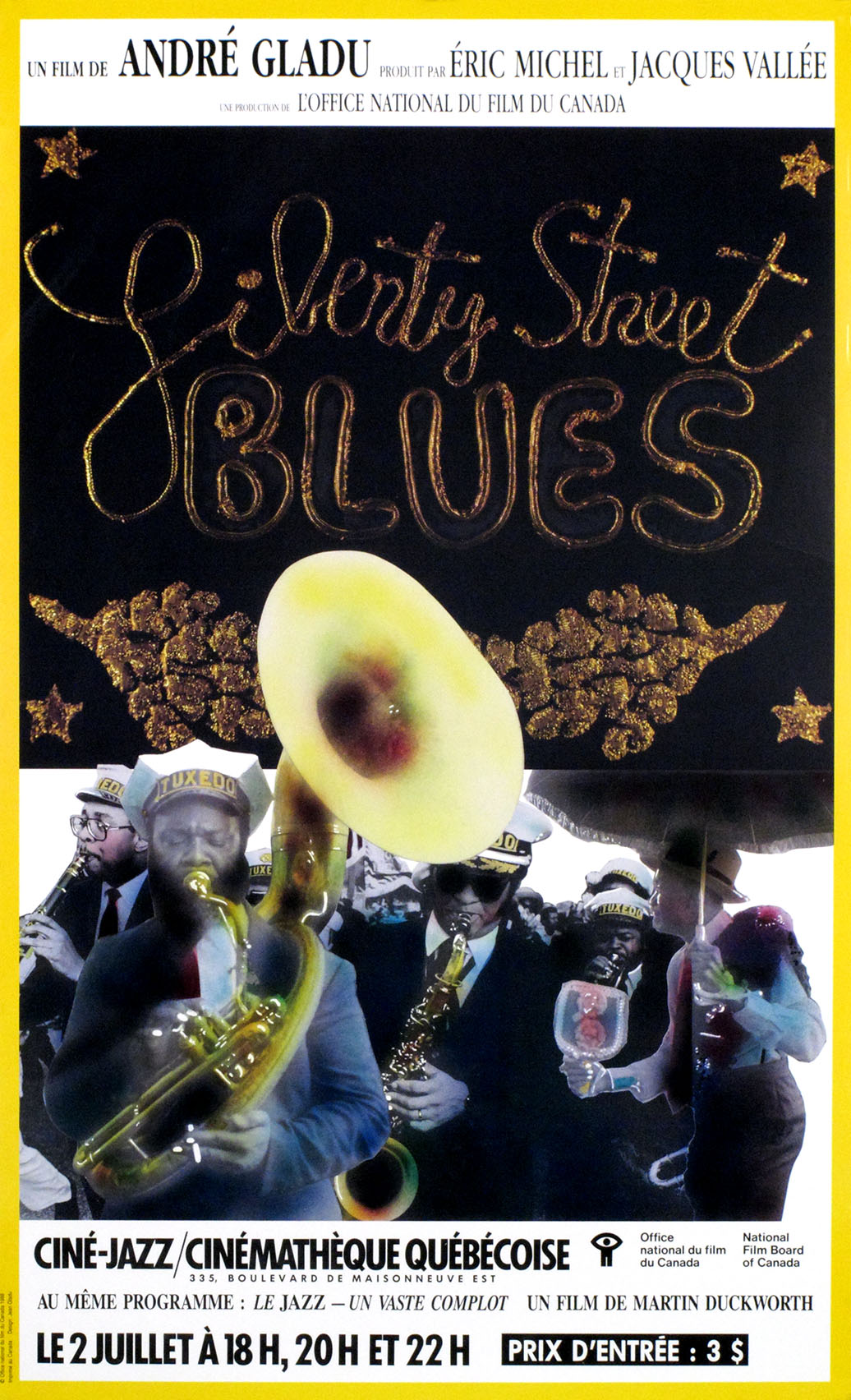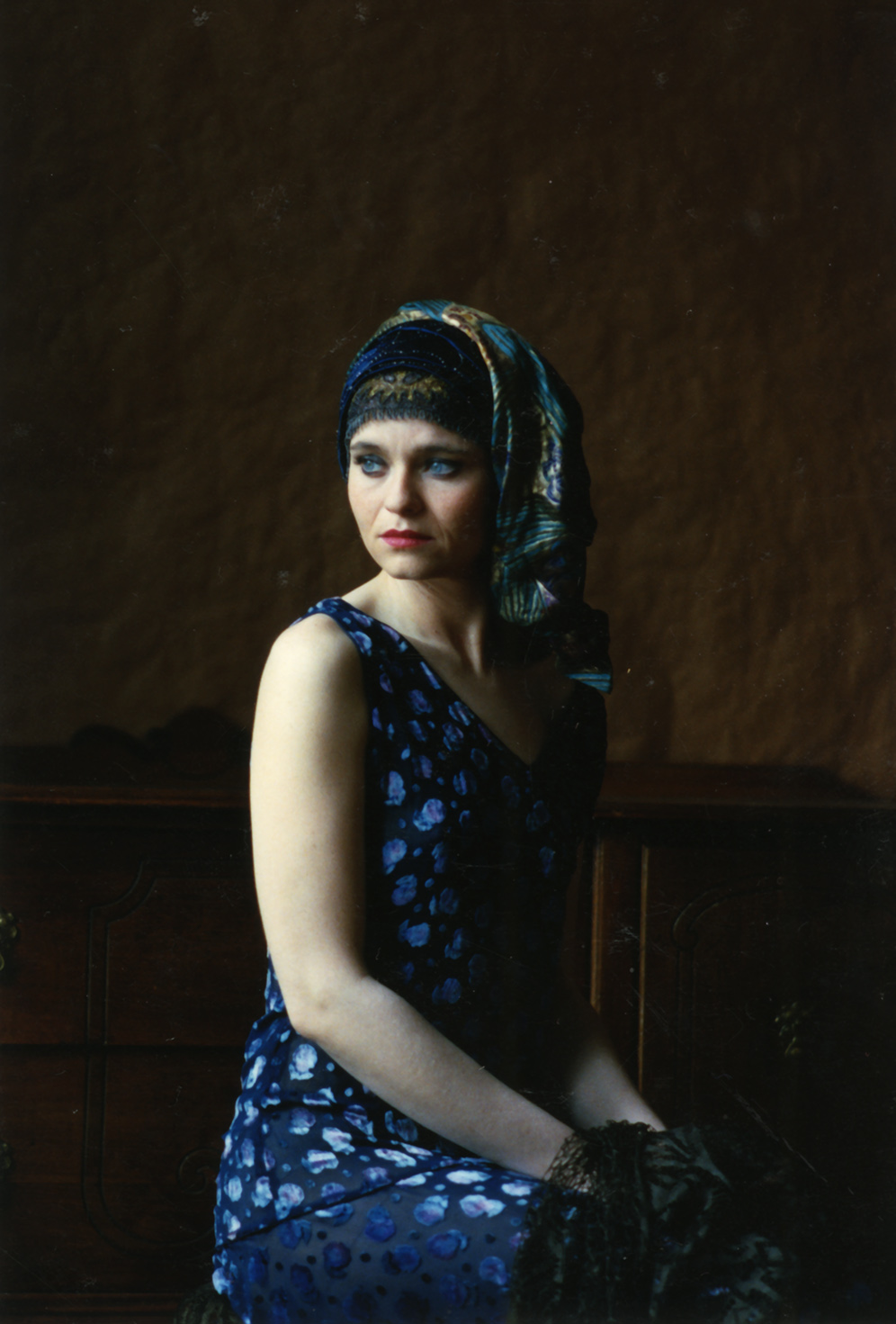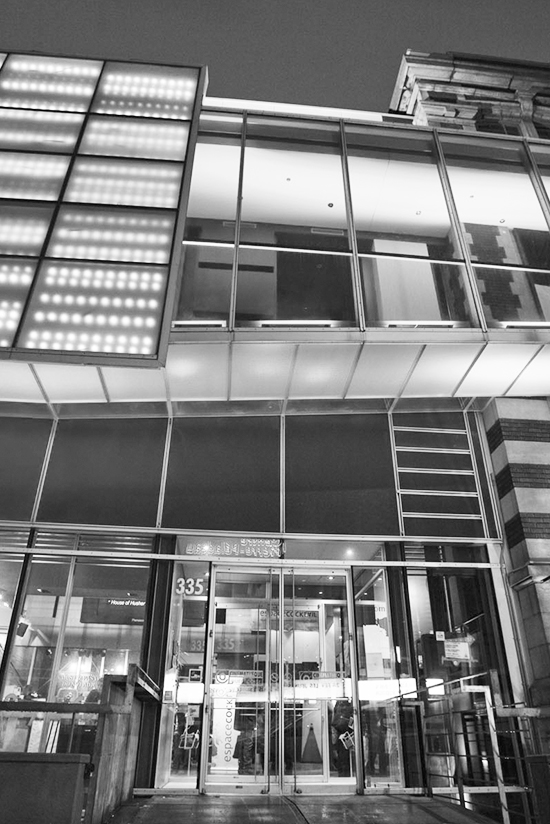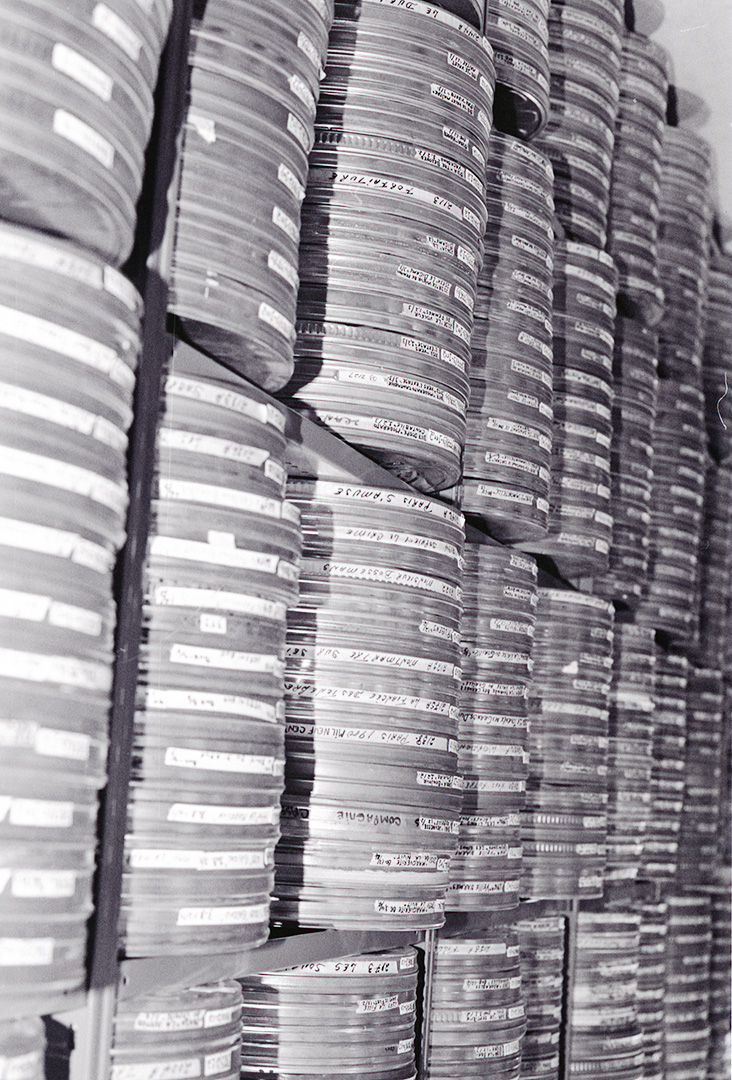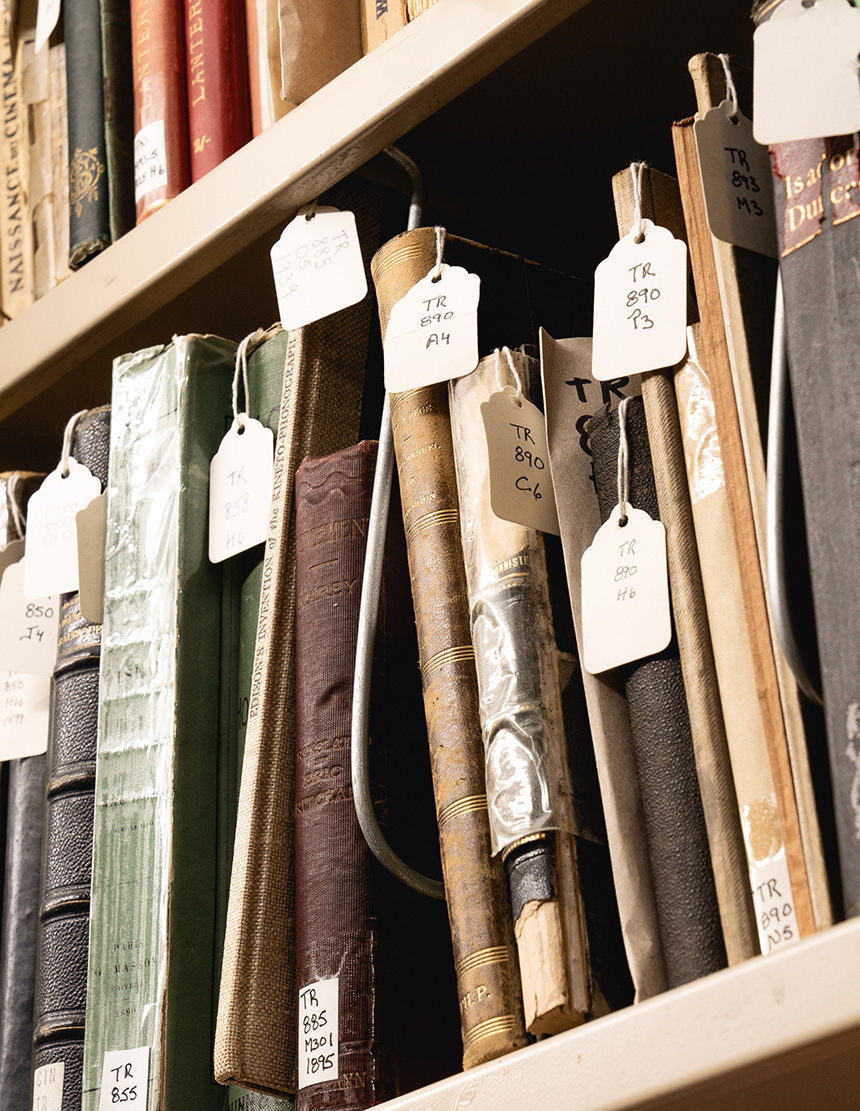Legal deposit of digital files: changes and clarifications to the directives of Bibliothèque et Archives nationales du Québec (BAnQ) and of the Cinémathèque québécoise
In order to fulfill their respective mandates, Bibliothèque et Archives nationales du Québec (BAnQ) and the Cinémathèque québécoise announce today new specifications for the legal deposit of digital files. The specifications take effect immediately.
THEATRICALLY RELEASED FILMS
The regulation on the legal deposit of films provides that the “producer must deposit a copy stored on a medium capable of providing optimal exhibition quality.” Thus, when the film was released on film, that is the medium to be deposited. When the film has been shown only as a digital cinema package (DCP), this set of files must be deposited according to the following specifications:
Producers must deposit the DCP of the work stored on Linear Tape Open (LTO-5, 6 or 7), formatted in LTFS.
The DCP must not require an encryption key for access.
The file formats within the DCP must meet the following specifications:
Image data must be stored in JPEG2000 files, encapsulated in MXF.
Audio data, in native format, must be encapsulated in Broadcast Wave, then re-encapsulated in an MXF file.
XML files must be provided, containing:
The subtitles;
The AssetMap (directory of assets included in the file);
PKL Packaging List (inventory of files in the batch, enabling authentication);
The CPL or Composition Playlist (list specifying how a composition is presented and reproduced, and which tracks are used).
While the deposit regulation requires the provision of only a single copy of films that have had a theatrical release, the deposit of two copies, on separate LTO-5, 6 or 7 cartridges, is strongly recommended for conservation purposes. Production companies wishing to deposit a 35mm copy may continue to do so.
TELEVISED WORKS
Producers must deposit such works on LTO-5, 6 or 7 cartridges formatted in LTFS. Each file must be accompanied by a text file with the same name as its source, with its MD5 checksum.
The MD5 (Message Digest 5) algorithm is a cryptographic hash function that makes it possible to obtain the digital fingerprint of a file. Several free MD5 generators are available online, including the HashTab application for Mac and Windows.
These files must comply with the following technical specifications:
MXF container:
MXF (Material eXchange Format), an open file format created for the purpose of sharing audio-visual content with metadata.
The Cinémathèque requires that all MXF containers comply with MXF sub-type OP1a (Operational Pattern OP1a), as defined in SMPTE ST 378:2004
Images:
CODEC : Jpeg2000 Lossless (Reversible 5x3 / ISO 15444)
Frame rate: use the same frame rate as the master
Scan: use the same scanning mode as the master
Colour space: use the same colour space as the master
Chroma subsampling: use the same chroma subsampling as the master
The specifications of the master are those used during filming. Thus the originally captured version is the one to be deposited, even if its frame and scan rates differ from those of the version delivered to broadcasters.
Closed captioning for the hearing impaired: captions must be encoded in the MXF.
Audio:
Format: linear PCM (.wav), uncompressed
Quantization: 24 or 16 bits
Sampling rate: 48Khz
Audio tracks in a file with a stereo mix must be mastered on tracks 1 and 2.
Audio tracks in a file with a 5.1 surround mix must be mastered on tracks 1 through 6, followed by a stereo mix on tracks 7 and 8. The order of the surround tracks must comply with SMPTE standards (L-R-C-Lfe-Ls-Rs).
Descriptive video audio tracks must be mastered on tracks 3 and 4 for works in stereo and tracks 9 and 10 for those with a 5.1 mix.
File names:
File names must comply with the following structure, and not include any accents or spaces. If an element does not apply, type “xx” in its place:
Title of the film/broadcast_Type_SeasonxxEpisodexx_Language_Subtitles_CODEC_Resolution/Scan/speed_AudioTracks_Date
Examples:
Barman_Comedie_Saison01Episode01_En_xx_Jpeg2000_1080i29_5.1_2016-04-01
Boncopbadcop_Comedie_xx_Fr_En_Jpeg2000_1080i29_5.1_2006-10-06
LTO-5 or LTO-6 cassettes may contain several episodes of a series and the deposit of two copies, on separate LTO-5 or LTO-6 cassettes, is strongly recommended for conservation purposes.
Production companies wishing to submit their deposits on HD media (HDCAM, HDCAM SR) may continue to do so.
INDEPENDENT WORKS
Producers of independent works (for example those funded by the CALQ) are invited to deposit their works using the same specifications as those used for theatrical releases or televised works. They may also deposit their works on HDCAM or HDCAM SR.
About BAnQ
Bibliothèque et Archives nationales du Québec (BAnQ) is Quebec’s largest cultural institution and an essential pillar of the information society. Its mission is to provide open access to culture and knowledge by collecting, conserving and providing access to Quebec’s documentary heritage and related materials. It also offers the services of a major public library. BAnQ includes the Grande Bibliothèque, the Centre de conservation and nine archival centres across Quebec, specifically in Montreal, Gatineau, Rimouski, Rouyn-Noranda, Saguenay, Sept-Îles, Sherbrooke, Trois-Rivières and Quebec City, as well as a service office in Gaspé.
About the Cinémathèque québécoise
The Cinémathèque québécoise is Montreal’s museum of moving images. Its mission is to acquire, document and preserve the world’s audiovisual heritage, with an emphasis on Quebec and Canadian works as well as international animation, and to make it available for cultural and educational purposes.
Information:
Michel Martin
Legal Deposit Technician
Cinémathèque québécoise
514 842-9768 ext. 223
mmartin@cinematheque.qc.ca
